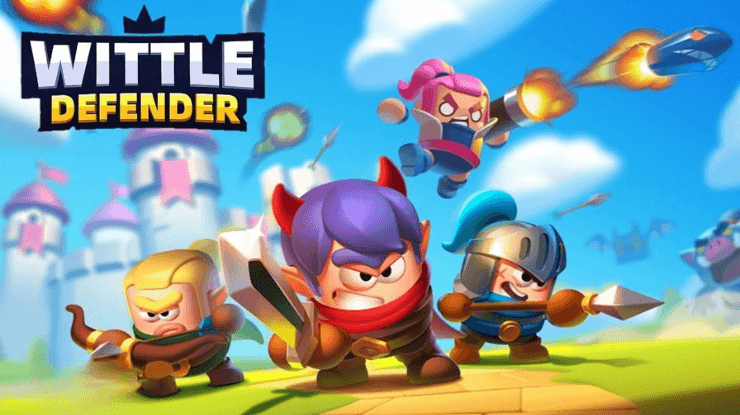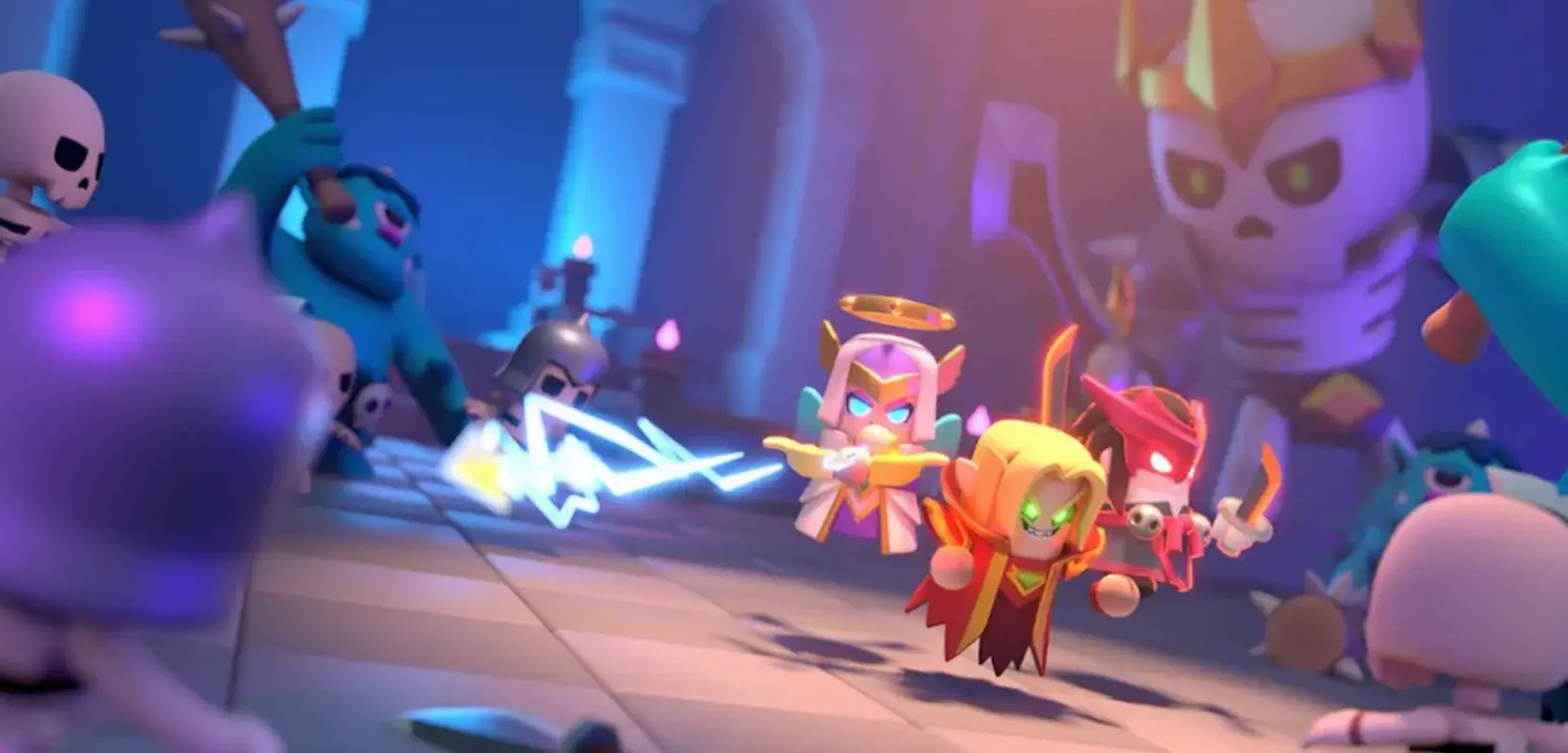Wittle Defender Beginner’s Guide – Dive into the Dungeon-Defense Adventure

Wittle Defender, from Habby (the creators of Archero), blends tower-defense, roguelike, and card strategy into a dark dungeon crawler where your hero squad fights relentless waves of monsters while you build, upgrade, and adapt on the fly. This guide is tailored for newcomers to help understand the basics of the game’s mechanics, progression system, and early gameplay strategies.
What Is Wittle Defender & How Does It Play?
This is an auto-battle dungeon crawler: you choose heroes, equip gear and runes, then watch them fight while you select upgrades, manage cooldowns, and steer the run. Unlike complex strategy games, Wittle Defender keeps controls minimal, mostly tapping to choose cards and timing abilities, letting you focus on smart choices rather than reflexes. Each dungeon run is unpredictable, as cards (temporary buffs or units) appear randomly, making adaptability your greatest asset.

Picking Your Heroes & Building a Team
At launch, you’re introduced to a trio of heroes, each bringing a unique role: the physical-damage Arden, burst-damage Ivy, and support hero Luna. As you progress, you unlock more characters with distinct abilities. For a strong start, pair a tank with either a burst DPS or a healer, enabling you to clear the early stages efficiently. Balance matters more than star ratings early on—look for synergy between hero skills and complementary stat boosts.

Upgrading Gear, Runes & Treasures
Between waves, you collect gear, runes, and treasure cards. Gear improves core stats like attack, defense, or crit rate. A post on Reddit reminds that gear keeps its level when switched—even after upgrades—so feel free to experiment with equipping the best item for each stat. Runes are powerful but limited, so prioritize those increasing attack or cooldown reduction first. Treasures activate passive buffs affecting the whole squad, and you’ll want to merge or swap them as you unlock higher rarities in later dungeons.

How to Read the Dungeon & Pick Cards
Each wave gives you a choice of three random cards—these might summon turrets, add hero buffs, or give passive shields. Choosing cards that fit your team and the dungeon’s theme is crucial. For example, if facing poison-based undead, select cards with cleansing or resistance effects. Study the card descriptions and learn which combos amplify your heroes’ strengths. A successful run hinges on smart deck-building more than pure stats.

Battle Tactics: Retreat, Refine, Repeat
When things go south, you can escape the dungeon, keep a few progression tokens, and reset your cooldowns. It’s often smarter to retreat with small losses than lose a full run. Between each dungeon, spend accumulated currency in the rune shop, unlock optional treasures, and improve hero skill gems. Over time, your heroes grow stronger as equipment, runes, and treasures compound, making each new run easier and funnier.
Daily Missions, Codes & Progression Systems
Wittle Defender rewards consistency. Daily missions offer gem cash, summons, and treasure draws while special redemption codes are shared by the community. Complete weekly challenges to unlock premium treasures, then use those to access more difficult dungeons. Habby recently introduced Guilds and Rune systems—now you can team up with others and farm rune shards more steadily, making your progression more rewarding and social.

What to Aim for in Early Dungeons
Start with simple rooms and aim to master the early triad of heroes, then focus on unlocking two things: the second row of rune slots, and the first set of treasures. These provide multiplicative bonuses that carry over runs. Take time to review which hero becomes your main carry, and build around their strengths, burst or sustain. Avoid wasting runes on support if you’re only just surviving early waves.
Managing Idol Time & Ads
Despite auto-battle, you’ll spend some time tapping cards and choosing upgrades. If ad interruptions bother you, consider the ad‑free bundle many players agree it’s worth the convenience. Since each energy costs 13 minutes to recover per pickup, logging in regularly (every 15‑20 minutes) maximizes time efficiency. For the most optimized experience, play wittle Defender on BlueStacks and take advantage of keyboard macros, faster controls, and better visuals.















